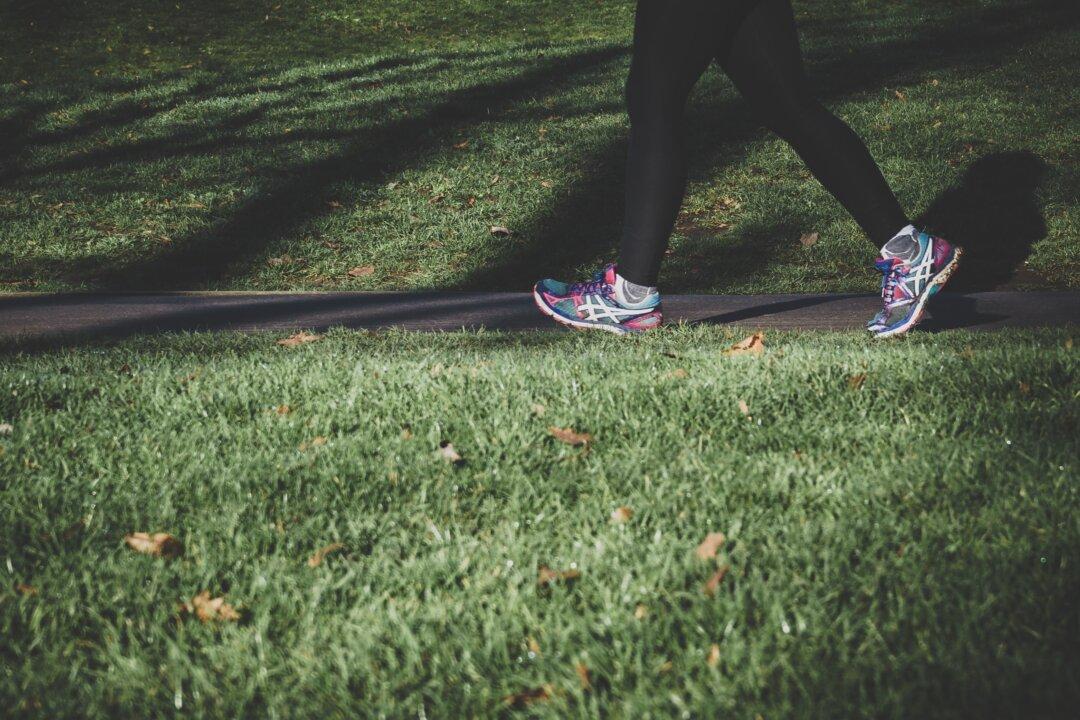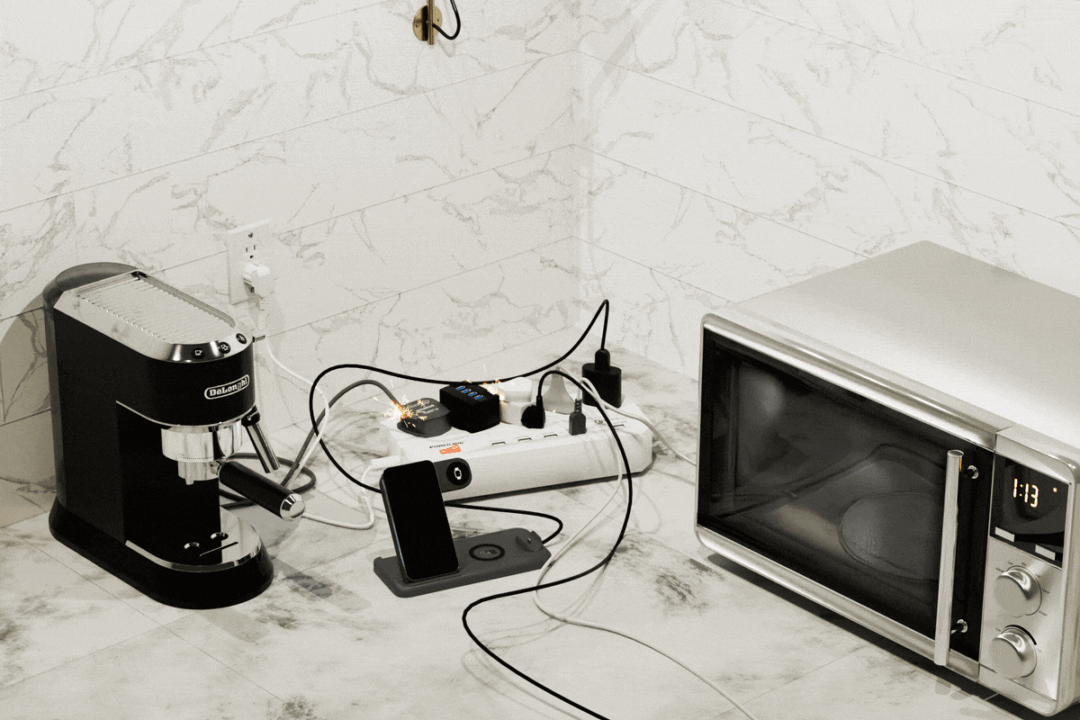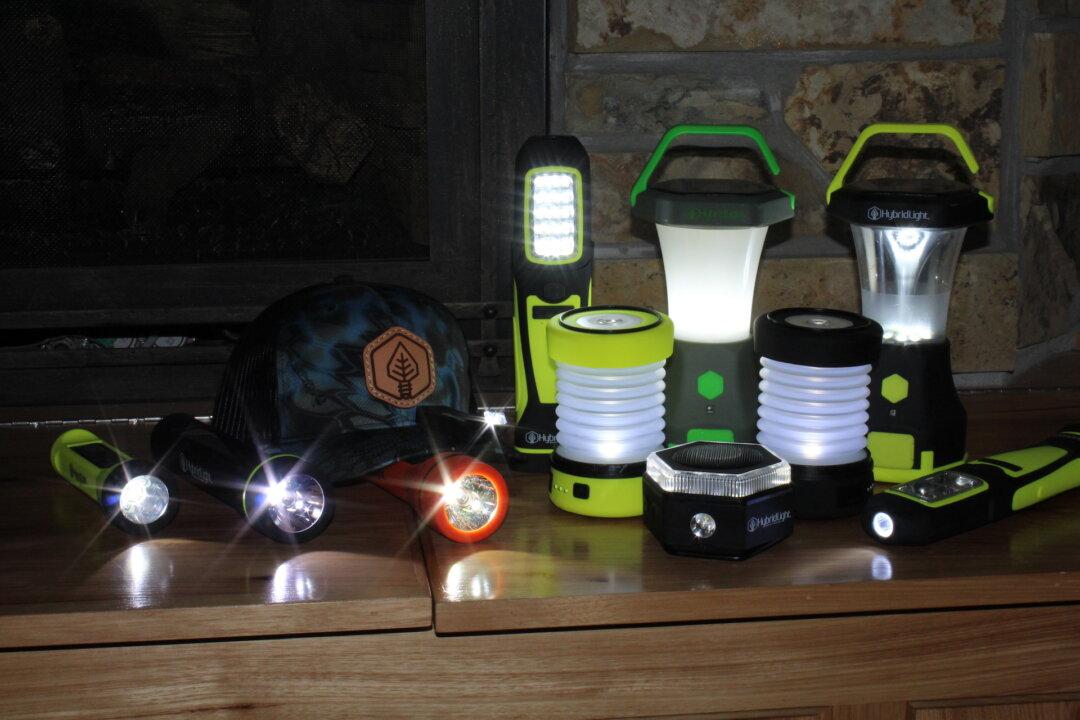Getting fit and staying that way has many benefits, from improved overall health to better self-image and confidence. Improved endurance and clothes that fit better are other possible benefits of starting and sticking with a health improvement routine.
Workout Basics
However, the first step is not to put on sweatpants but to contact a physician. Any form of exercise, no matter how moderate, takes a toll, so it is imperative to discuss any new exercise plan with a physician to get their advice and approval. The goal of exercise is to get fit, not inadvertently discover any previously unknown health issues. With the doc’s ok in place, the next step is to set goals. This makes it easier to choose which areas of the body to target and to develop appropriate exercise techniques.There are no wrong reasons to get fit, but a reasonable timeframe may be required, subject to current fitness levels. That just means to be realistic if the goal is massive weight loss; Rome wasn’t built in a day, and optimal fitness likewise requires a lot of time, effort, and self-discipline to stick with it, which is often the largest obstacle to overcome. In order to see results and keep them coming, it is suggested that individuals exercise at least three times per week. The only way to stay fit is to stay active; any significant breaks in this schedule can result in backsliding.






